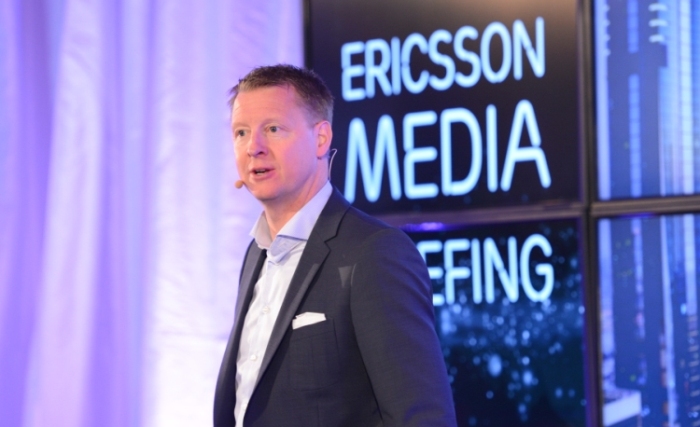
Ericsson CEO Hans Vestberg today announced new measures to cut costs, amid showing 11 percent drop in revenue in the second quarter of 2016.
Q2 revenue of Ericsson fell 11 percent to SEK 54.1 billion or $6.31 billion. Ericsson is worried about the 26 percent drop in profit to SEK 1.6 billion.
Ericsson sales in Q2
SEK 26.8 bn from Networks (—14%)
SEK 24.5 bn from Services (–14%)
SEK 2.9 bn from support solutions (–7%)
Ericsson faced decline in mobile broadband sales due to a weak macro-economic environment in telecom markets such as Brazil, Russia and the Middle East. Completion of mobile broadband projects in Europe in 2015 had a negative effect on sales growth. Ericsson’s 4G sales in Mainland China were stable as the fast pace of deployments continued.
Network sales in North America were stable driven by continued mobile broadband capacity investments. Global Services sales declined in North America as activities in Professional Services were lower.
The transition from 3G to 4G continued primarily in parts of Asia, contributing to solid sales growth in region South East Asia and Oceania.
Sales in the targeted growth areas were 20 percent of total sales. Ericsson continues to focus on increasing software sales and recurrent business to improve profitability over time.
Cisco and Ericsson closed more than 30 deals forming a good start to reach the targeted sales of $1 billion for 2018.
Ericsson action plan
Ericsson is implementing strategies to restore Global Services profitability, primarily to right-size the service delivery operations. Ericsson has reduced losses in Network Rollout. Ericsson improved the operating margin, excluding restructuring charges, for Professional Services to 10 percent in the second quarter.
Profitability declined sequentially mainly due to lower IPR licensing revenues. IPR licensing revenues in the quarter were SEK 2.2 billion, representing current IPR licensing contract portfolio.
Ericsson has reduced operating expenses, excluding restructuring charges, by SEK 2.1 billion to SEK 14 billion from 16.1 billion — mainly as a result of actions related to the global cost and efficiency program.
Ericsson has taken initiatives to further drive efficiency improvements and reduce cost in order to manage the lower demand for mobile broadband investments.
In addition, Ericsson will reduce R&D investments in IP and capture efficiency gains from the new company structure. Ericsson is targeting to reduce the annual run rate of operating expenses, excluding restructuring charges, to SEK 53 billion in the second half of 2017.
Ericsson will intensify activities to reduce cost of sales and adapt its operations to a weaker mobile broadband market.
Baburajan K
[email protected]





